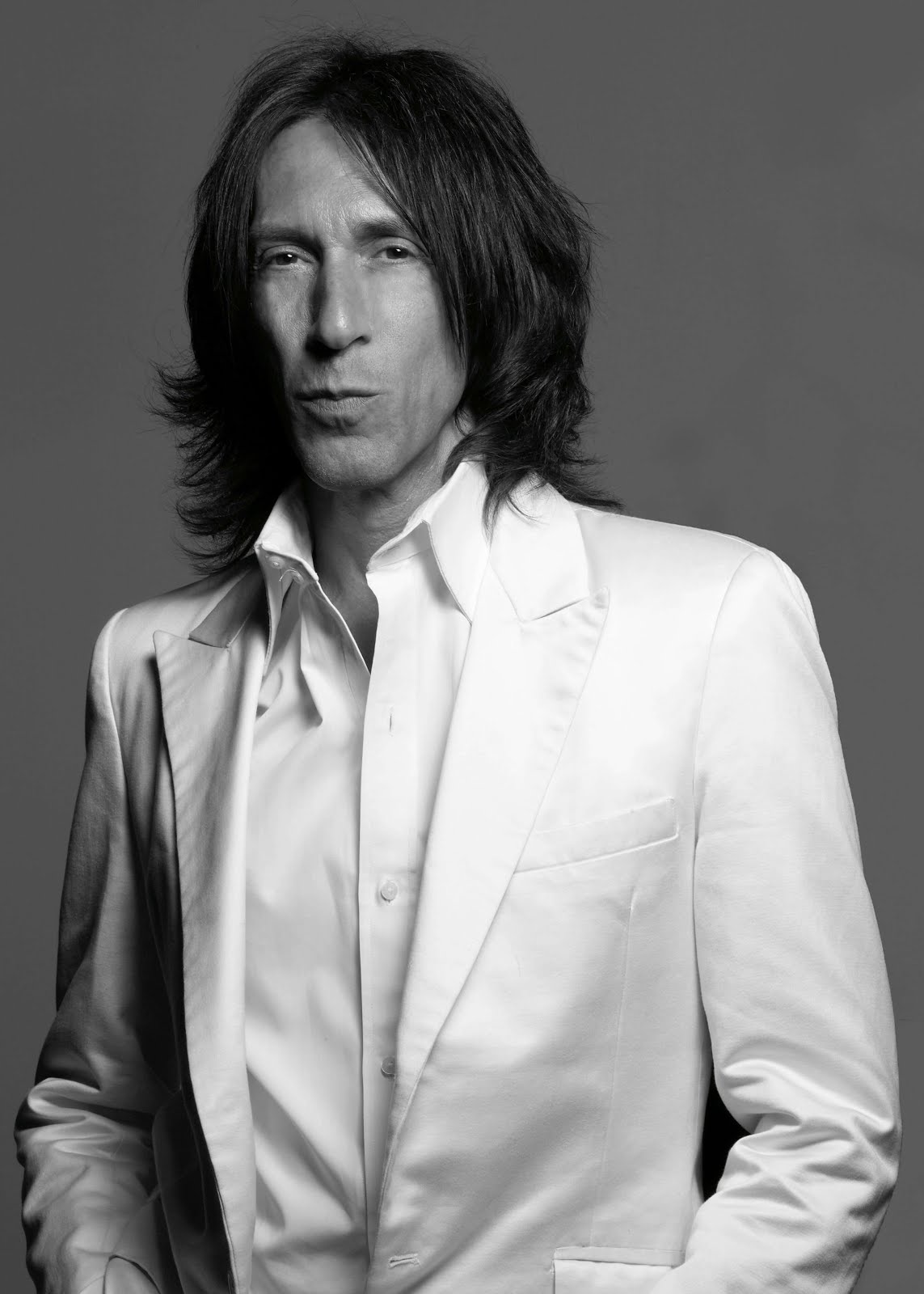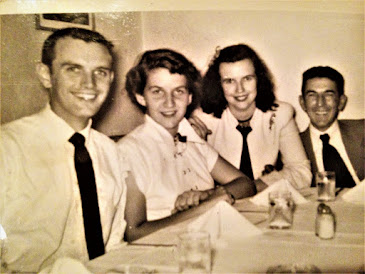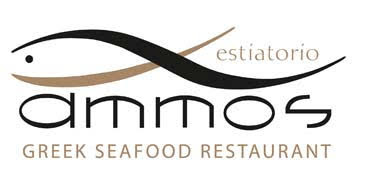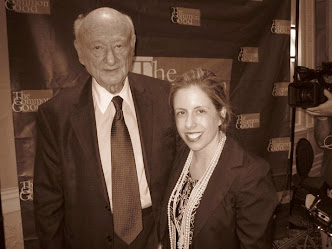DAME BARBARA HEPWORTH SCULPTURE SELLS FOR £542,500 AT BONHAMS BRITISH AND IRISH ART SALE And A New World Record For A Work On Paper By Paul Nash Our Coverage Sponsored by Stribling and Associates
For over 30 years, Stribling and Associates has represented high-end residential real estate, specializing in the sale and rental of townhouses, condos, co-ops, and lofts throughout Manhattan and Brooklyn, and around the globe. Stribling has more than 200 professional brokers who use their respected expertise to provide personalized service to buyers and sellers at all price levels. A separate division, Stribling Private Brokerage, discreetly markets properties over $5 million, and commands a significant market share in this rarified sector of residential real estate. Stribling is the exclusive New York City affiliate of Savills, a leading global real estate advisor with over 200 office in 48 countries.
Check out their listings:
& their most recent State of the Market: http://www.whomyouknow.com/2013/12/remarkable-real-estate-stribling-fall.html
Whom You Know Congratulates their new President, Elizabeth Ann Stribling-Kivlan: http://www.whomyouknow.com/2012/12/breaking-manhattan-real-estate-news.html
***
A bronze sculpture by Dame Barbara Hepworth (British, 1903-1975) titled Cantate Domino, conceived in 1958 and acquired from the artist by Barbara and Arnold Burton, sold for £542,500 at Bonhams British and Irish art sale yesterday.
Other works that sold well include Paul Nash £212,500 for ‘A Drawing’, Keith Vaughan ‘Green Kitchen Group’ £176,500, LS Lowry, ‘A Street in Clitheroe’ £176,500, Henry Moore, ‘Seated figure: Armless’ £120,000, Dame Elisabeth Frink, ‘Dog’, £116,500 and Eduardo Paolozzi, ‘The Artist as Hephaestus’ £110,500.
But the top lot in the sale was the Hepworth sculpture from the Burton Collection, partly made up of two open diamond shapes, which have been likened to raised arms and hands in prayer.
Cantate Domino is a powerful and elegant sculpture made just two years after the sculptor had begun to work with bronze and it was intended to be sited outdoors and viewed in the context of its surrounding landscape, which is what happened. A recorded letter from Barbara Burton to Barbara Hepworth, reads: “Dear Miss Hepworth, after much thought & deliberation we have decided that we must have 'Cantate Domino' in our garden! And we hope that one day you will come see it in its new home.”
Tastefully positioned in the Burton family's old garden on a low wall, with the undulating Yorkshire hills used as a backdrop, one could begin to understand the spiritual nature of this work as the ascending forms reach into the sky. A further and more accessible indication of this spirituality is found in the sculptures' title; Cantate Domino, when translated, means O Sing unto the Lord, and is the opening phrase of Psalm 98.
Art writer, Mark Hudson whose most recent book is ‘Titian: The Last Days’ says of the Hepworth:
“After the dissolution of her marriage in 1951, Hepworth remained in St Ives, living in the studio in the centre of the town that is now open to the public, and which has contributed to St Ives’s identity as an art town. She had become a sort of living monument long before her death in 1975.
In photographs, Hepworth’s features display always the same mask of serene determination. Rather than offering incisive self-criticism, her autobiography is a catalogue of obstacles overcome in the struggle towards triumphant self-realisation. But then her career was in many ways a struggle. She emerged at a time when the right to experiment and create new forms still had to be fought for.
While much modern art has celebrated violence and disorder, Hepworth’s forms exude a positive energy and sense of self-fulfilling wholeness, a striving towards a harmony that is essentially classical in character. Such notions may not have been fashionable over the past few decades, but the revival of interest in Hepworth suggests these will have increasing value in a climate of steadily building global turmoil. It is that sense of enduring humanity that will keep Hepworth to the fore, long after most of the art of today has been forgotten.”
Bonhams, founded in 1793, is one of the world’s largest auctioneers of fine art and antiques. The present company was formed by the merger in November 2001 of Bonhams & Brooks and Phillips Son & Neale. In August 2002, the company acquired Butterfields, the principal firm of auctioneers on the West Coast of America. Today, Bonhams offers more sales than any of its rivals, through two major salerooms in London: New Bond Street and Knightsbridge; and a further three in the UK regions and Scotland. Sales are also held in
San Francisco, Los Angeles, Carmel, New York and Connecticut in the USA; and Germany, France, Monaco, Hong Kong and Australia. Bonhams has a worldwide network of offices and regional representatives in 25 countries offering sales advice and valuation services in 60 specialist areas. For a full listing of upcoming sales, plus details of Bonhams specialist departments go to www.bonhams.com.










































































